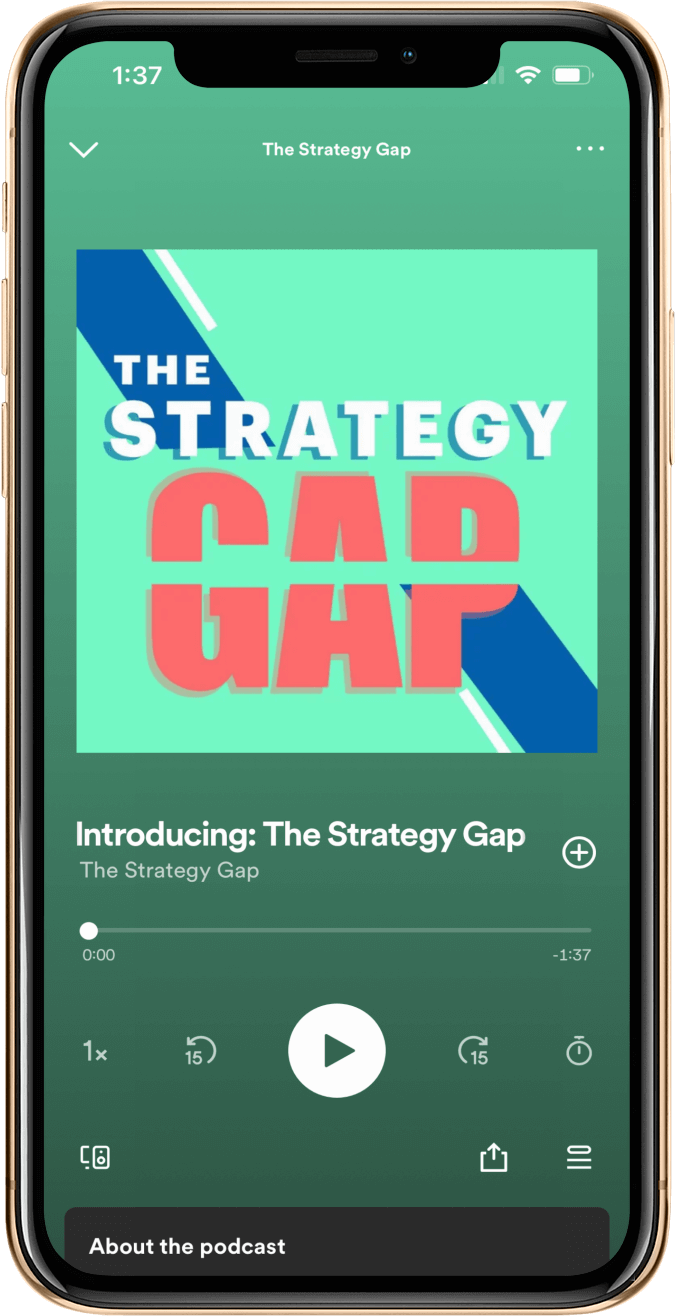A quick look around outside reveals the leaves are beginning to fall and temperatures are starting to drop. For many in the business space, this means one thing: it is time to start annual planning for 2024.
At the top of the priority list for each organization on a calendar year format is deciding the direction of their strategic plan for the upcoming new year. The key to creating a strong, successful plan is beginning plan formulation well in advance. With that in mind, now is the time to begin planning.
Three of AchieveIt’s own, Jonathan, Joe, and Lindsey discuss the most important steps to consider when in the pre-planning stages and the planning process.
Joe Krause has been with AchieveIt since they opened their doors, always maintaining a customer-facing role. His Master’s Degree in Healthcare Communications from Boston University helped formulate his ability to condense abstract topics and make them more relatable, making his work on strategic execution impeccable.
Jonathan Morgan leads revenue operations and strategy for go-to-market teams at AchieveIt, where he previously worked as a strategy consultant, working to guide customers in strategic planning.
Lindsey LeFaivre, Director of Customer Success, has been with AchieveIt for over five years. Her main capacity has remained customer success, with her major focus area being uncovering the main challenges facing customers and finding a way to help them get over them.
Together, they make the dream team for building strategic plans to carry the business successfully through the year to come.
What comes first with strategic planning?
The first thing that should come to mind when discussing strategic planning is ensuring enough time is intentionally set aside for it.
“Put it on your calendar — in far advance. This way, you actually have time to sit down and do it. That is the number one thing I see people not doing right now,” Lindsey says.
The make or break of strong metrics
Alongside pre-planning, the end of the timeline should be set in stone as well to ensure negotiations and discussions will eventually be forced to end.
It is crucial to begin planning with a recap of the previous year. By beginning with covering what went well, what did not go well, what goals were hit, and which were missed, the conversation for the upcoming year will have a strong direction. The only way to do this efficiently is by utilizing strong metrics.
“The goal here is that you are taking a retrospective look at the end of the year, treating it more like a math problem.”
Many organizations feel as if finding a solid baseline for metrics is one of the hardest tasks at hand. In these situations, it is beneficial to allow the team a year to decide on what baselines will need to be used. From there, it is easier to track and measure success.
Who should be involved in strategic planning?
Another commonly faced issue with strategic planning is the need to listen to the concerns and requests from the entire organization, but not be able to involve every team member in the planning process.
What Jonathan, Joe, and Lindsey have found to be the most valuable guest list is a hybrid structure. Beginning with a small group of top decision-makers and department heads, there should be a list of four to six items created as goals for the upcoming year.
From there, a large group should review and request revisions to the plan.
The value of an unbiased, third-party facilitator
A facilitator can serve to ensure all invested parties are prepared before the meeting begins and that, during the meeting, the team stays on track.
Without a facilitator, conversations can continue endlessly with no progress being made. A third-party facilitator has no loyalties or preferences for anyone in the room, meaning they will be able to ensure everyone is on track without the fear of insulting leadership.
The biggest ticket items when choosing a facilitator are ensuring their vision matches that of your organization and that they will be there to help your organization, not just progress themselves professionally by pushing a book or methodology they have published.
“Be really choosey when choosing a facilitator and really understand their lens,” Lindsey says.
Expect an adaptive plan
While goals, due dates, accountability, and more must be finalized, the strategy will change alongside other, unforeseen factors throughout the upcoming year. Because of this, every detail of the plan will not ever be complete at the end of a strategic planning meeting. Yet, the focus of the plan should be complete.
Interested in learning more? Lindsey joins Joe and Jonathan to discuss the five aspects that every plan should have, timing, adapting, and more. Listen to the full roundtable discussion on Apple Podcasts, Spotify, or your favorite podcast player.
Listen to The Strategy Gap
A podcast about the space between savvy strategy and practical execution, including everything that can go wrong on the way.




